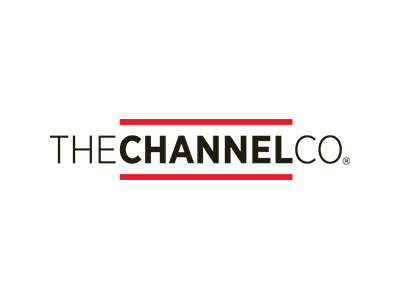Cooking with IoT in Commercial Kitchens

Cloud-based technology and IoT are enabling the restaurant and hospitality industry to get more out of their commercial kitchens—a lot more.
The evolution of the Internet of Things (IoT) is revolutionizing how organizations with food service components are run. Mobile, cloud-based technology is making it possible for restaurant and hospitality businesses to remotely monitor and control commercial kitchen appliances and systems through timers, controllers, freezer and refrigerator monitors and much more.
IoT-powered kitchen devices and applications not only integrate wirelessly across various commercial kitchen environments—encompassing myriad kinds of cooking equipment—they also connect the front and back end of the house together, enabling communication to flow freely and adjustments to be made in real time.
All these advancements are allowing for greater control over increasingly complex industrial kitchen environments. In turn, they are producing big benefits for those in the industry that choose recipes that include IoT solutions.
Improvements in Inventory Accuracy
Food makes up restaurants’ second largest cost, which means improving inventory accuracy can translate into significant cost savings. IoT-friendly inventory systems like HotSchedules Inventory do away with clipboards and manual box checking.
IoT inventory systems allow employees to keep track of inventory on a variety of mobile devices and enable point of sale (POS) integration, so inventory can be adjusted based on sales, increasing accuracy. They can also automatically adjust product counts based on the most recent order, and automatically generate a replacement order whenever a certain item falls below the desired level. All a manager needs to do is confirm and send.
Higher Food Quality and Reduction in Food Waste
Applications such as Kitchen Brains’ Quality Production Manager (QPM) monitor real-time and historical sales, which help restaurant managers reduce costs. Managers can use the information to direct their kitchen crew on what they should cook, when they should cook it, how much they should cook and when to discard products reaching their expiration dates.
IoT-friendly inventory applications can also play a part in closing the gap between projected and actual food costs, helping managers to more easily identify waste and inefficiencies and adjust accordingly.
Increased Flexibility and Innovation Opportunities
Unlike the usual one-to-one integrations between a single application and the technology it uses, an IoT platform becomes a hub for numerous integrations. For instance, while 15 kitchen or restaurant technologies might ordinarily call for 55 separate integrations, the HotSchedules IoT Platform is able to shrink that number down to 10 integrations.
Businesses can also keep tweaking and refining their setup without worry of disruption. If a single technology component is changed, whether it’s an oven or a POS system, it can still be easily connected to the IoT platform without affecting any of the other integrations—sidestepping a lot of IT hassle. And because the cloud-based IoT platforms store all data in one centralized location, any third-party app could potentially be allowed to access that data, making it much easier, and less expensive, for developers to create new applications.
IoT-powered commercial kitchen opportunities are heating up. HotSchedules and Kitchen Brains have teamed up this year, and Kitchen Brains’ CEO Mario Ceste sees the partnership taking the company’s IoT capable devices to the next level.
“The IoT Platform ensures that you can connect QPM with any POS system, analytics solution or forecasting software. It’s a cost-efficient and innovative approach to integrating smart kitchen technologies and leveraging the millions of IoT capable devices we have installed in restaurant appliances during the last twenty-years.”
By the looks of it, IoT has no problem with how hot the kitchen is, and won’t be getting out anytime soon.